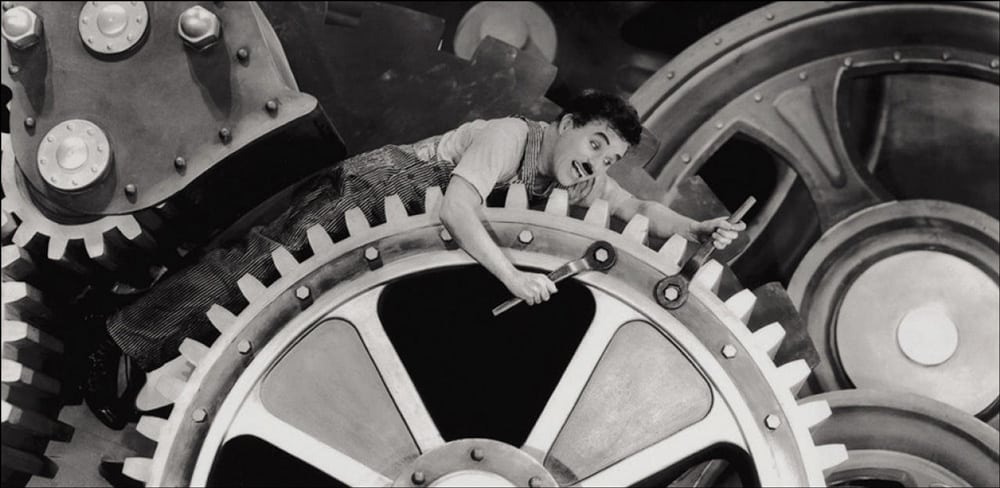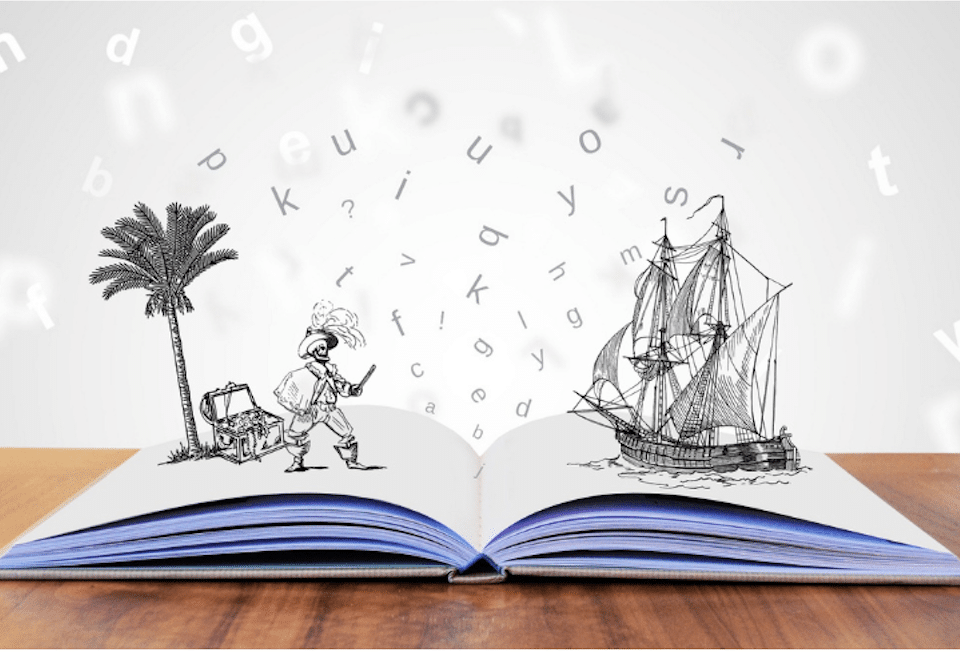
‘Knowledge, Skills and Abilities’ A Reflection from Knowledge to Well-being
14 February 2017THE RELATIONSHIP IN COLORS – The Persuasive Communicator™
16 March 2017How to Manage Stress

Article by Massimo Berlingozzi – “How to Manage Stress” – MARCH 2017_ LEADERSHIP & MANAGEMENT
The first motor vehicles to ply the streets of London were greeted as a blessing. As well as moving faster than the old carriages, they would soon help to eliminate the enormous amount of manure that horses were releasing onto the streets. In short: a clean vehicle was born!
The history of human evolution is very complex, does not accept banal answers, and teaches us that it is very difficult to predict the development of a phenomenon by observing only its initial stages
In 1936, Hans Selye, a young Austrian doctor, was conducting some experiments in his Montreal laboratory, during which he had to inject mice with liquids of a different nature. His observations of the physiological reactions of the animals led him, quite independently of the original purpose of the research, to develop a theory called ‘General Adaptation Syndrome’. When he decided to define, synthetically, all these phenomena with a term hitherto used in the study of metals, ‘stress’, he could never have imagined that he had coined a concept that within a few years would become the emblem of an era.
An epoch masterfully represented by a film that came out in cinemas in that same 1936, ‘Modern Times’, in which the genius of Charlie Chaplin portrayed a Tramp incapable of resisting the rhythms of the machine in the assembly line, to the point of being sucked into its gears.
Selye’s studies had a great resonance within a few years; the importance of his work lies in having brought research attention to the adaptive response of an organism subjected to the influence of external factors. Interesting from this point of view is the definition of Lazarus and Folkman (1984): “Stress is a transaction between the person and the environment, in which the situation is assessed by the individual as exceeding his resources and endangering his well-being. .
Today’s working conditions are very different from Chaplin’s cinematic portrayal in ‘Modern Times’, the regulations on workers’ health and safety, at least in the more advanced countries, have definitely improved the situation. Work is still the most important cause of stress, but the causes have shifted from a malaise mainly determined by physical wear and tear to that generated by accumulated tensions in social relationships.
It is important to add, however, that it is not possible to establish an objective criterion for assessing the ‘stressful’ potential of a certain environmental stimulus, the emphasis placed in this direction in the work of Folkman and Lazarus, on the subjective evaluation of the individual, finds full agreement with the pioneering insights of Selye, who explained: “Thus, it can certainly be said that stress does not depend so much on what we do or what happens to us, as on the way we interpret it”.
It is from these considerations that the notions of eustress (positive stress) and distress (negative stress) take on their precise meaning. Indeed, it is not difficult to see that extremely physically and mentally taxing activities, such as certain so-called extreme sports, but more simply also many attractions in popular adventure parks, are freely chosen as forms of leisure and entertainment. While infinitely less burdensome tasks required by normal work activities may result in such forms of discomfort that they require the care of a doctor or psychologist.
It is easier at this point to understand what determines the condition of eustress: the awareness on the part of the person subjected to an intense environmental stimulus (even if not freely chosen) that he or she is perfectly capable of governing the situation while maintaining lucidity and equilibrium. This type of response produces gratification and improves self-esteem.
The factors that generate distress, on the other hand, are determined by the combination of these conditions: being forced to endure a situation perceived as negative; not being able to organise an effective response; thinking one cannot do anything to escape this discomfort. This situation produces physical and mental wear and tear, a sense of frustration and a progressively increasing state of malaise.
The ability to manage potentially stressful situations is therefore closely linked to the ability to produce effective coping strategies. These strategies, defined as ‘coping’ starting from the work of Lazarus and Folkman, include the set of actions, both cognitive and behavioural, intentionally implemented by the subject with the aim of ‘coping’ with the negative impact of the stressful event.
A careful analysis of the different coping strategies goes beyond the limits of this article, it is however interesting to dwell on the main aspects that characterise them in order to highlight how these responses are the result of a long elaboration of personal experience, and therefore intimately linked to the individual characteristics of the subject. This is a very important consideration when we are called upon to deal with this issue in a training context or within a coaching relationship.
Schematically we can subdivide the different coping strategies as follows:
Problem-focused coping: these are strategies that aim to solve or change the situation perceived as threatening. Within these solutions, cognitive input is decisive, within a succession of phases that we can summarise as follows: careful analysis of the situation; identification of the triggering causes; evaluation of alternatives or possible solutions; application of the identified solutions.
Emotion-centred coping: decisive in these solutions is the contribution of emotional intelligence aimed at achieving a new balance. The first step is to identify and describe the behaviours we use to defend ourselves. Next, it is important to understand the level of our emotional involvement and to develop awareness of the nature of our emotional reactions, which can be effective or dysfunctional.
Coping centred on problem restructuring: since stress, as we have already seen, depends not so much on what happens but on how we interpret the situation, problem restructuring consists of becoming able to attribute a different meaning to the situation that causes us discomfort. Restructuring is a very refined and effective technique that requires awareness and a high degree of mental flexibility, and is obviously easier to achieve through external help.
Activity-focused coping: in some cases, solutions aimed at reducing the tension generated by negative stress through the practice of certain sports activities, specific exercises, or relaxation techniques can prove effective. Mindfulness’, an oriental-derived meditative practice adapted by Jon Kabat-Zinn, a professor of medicine at the School of Medicine of the University of Massachusetts, who in the early 1980s developed a protocol: (MBSR) Mindfulness Based Stress Reduction, to introduce the practice of meditation in clinical contexts, has been gaining ground for some years now.
Final remarks:
With regard to active stress management in recent years, a further concept borrowed from the study of materials has emerged: ‘resilience’. Some identify the origins of this word in the Latin term, ‘resalio’, which indicated the act of climbing back into a boat capsized by the force of the sea. There is a phrase by Ernest Hemingway that represents this concept well:
“Life breaks us all, but only some become stronger in the places where they are broken”
.
;
More prosaically, we can say that the resilient person is particularly capable of implementing effective coping strategies, never lets himself be overwhelmed by events, faces adversity with motivation and confidence, convinced that he can find a solution.
Finally, it is useful to remember that there is no one coping strategy that is better than another; on the contrary, experience teaches us that it is the interaction between several strategies that can provide the best results. The decisive aspect is therefore flexibility, the dynamic ability to change when necessary and to learn from new experiences, and above all: a positive attitude and confidence in one’s own possibilities that leads to action, to feel like a protagonist and not a passive subject at the mercy of events.
Bibliographical Suggestions:
Lazarus, R. S.; Folkman, S. (1984) Stress, appraisal and coping. New York – Springer Publishing Company
Pancheri, P. (1980) Stress, emotions, illness. Introduction to psychosomatic medicine. Milano Ed. Mondatori


